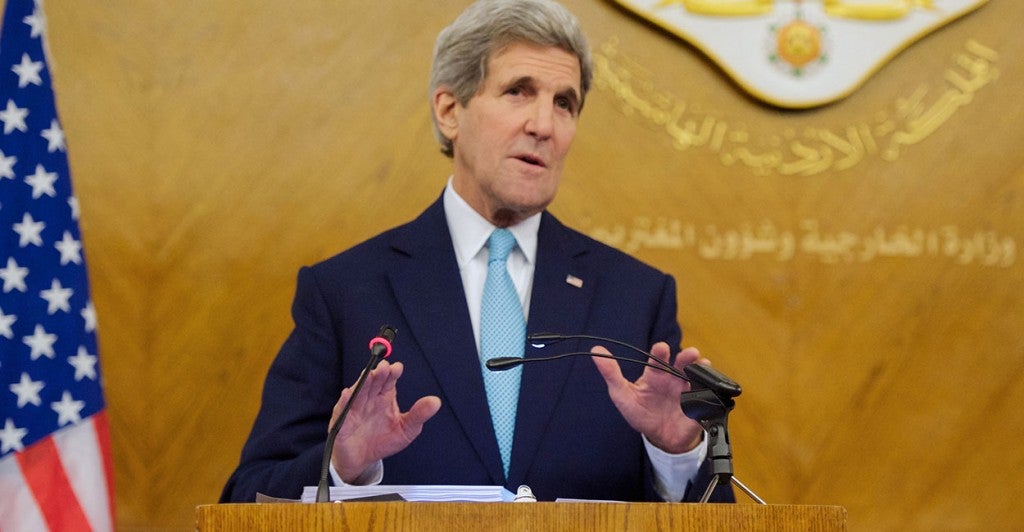A Veteran’s Day feature from the Associated Press showcased the improved training of diplomatic security agents, with a view to demonstrating that the lessons of Benghazi have been absorbed by the State Department.
In a simulation in a location in Virginia dubbed Erehwon (“nowhere” spelled backwards), State Department security staff beat back an attack resembling the attack on the ill-fated U.S. consulate in Benghazi in 2012. Other news organizations have also been invited in to report on the $80 million installation, situated in an undisclosed location in Virginia. There must be something here, at this supposedly secret location which the leadership of the State Department really wants the world to see.
The news reports of “Erehwon” and the doings there come as the Republican-led Congress gears up to renew its investigations of the Benghazi scandal when it is sworn in in January. Improvements in embassy security were the subject of the first public hearing of the House of Representatives Select Committee on Benghazi in September. During that hearing, Assistant Secretary for Diplomatic Security Greg Starr became the subject of heated questioning because the State Department had declined to follow two key recommendations made by the expert panel established by the Accountability Review Board in the aftermath of Benghazi. (According to State, 22 recommendations have been completed out of the 40 made, and two have been outright declined.)
So apart from the fact that what the AP reported on was a training exercise, how did the fate of “Erehwon” compare with the U.S. consulate in Benghazi? In both cases, a hole was blown in the perimeter wall and attackers with grenades and firearms aimed to storm the buildings.
But interestingly enough, what made the difference in the “Erehwon” simulation was not just better-trained diplomatic security personnel. It was also snipers on the roof, well-armed agents, a contingent of Marines, the dispatch of a Department of Defense helicopter and reinforcements that helped to beat back the attackers.
The brave Americans in Benghazi might also have survived the terrorist attack on their station had all of these factors been in place. Only for political reasons were they not. Instead, Secretary of State Hillary Clinton (and Undersecretary for Management Patrick Kennedy) oversaw the removal of the U.S. Marine presence at diplomatic facilities in Libya, the cuts in security staff, the neglect of obvious signs of growing terrorist threats and the failure to repair the compound perimeter, which had been damaged in a previous attack. The Pentagon only sent an unarmed drone to observe the fiery inferno. And the reinforcements that could have made a difference, from the CIA Annex down the road in Benghazi, were held back by superiors, who wanted to keep their presence in Benghazi a secret.
If the State Department is truly learning the lessons and devoting the necessary resources to diplomatic security, it would be past time and certainly good news. But whether this is true or whether State is putting on a show for the media for its own reasons will be up to congressional oversight and investigative committees to decide.
